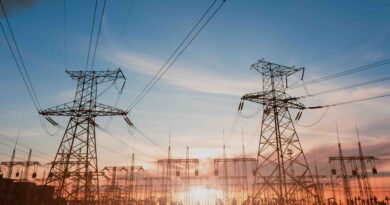How Recent Cyberattacks Revealed America’s Infrastructure Weaknesses
For a considerable time, the United States has grappled with exceptional levels of cyber threats directed at critical infrastructure. FBI Director Christopher Wray’s persistent and regular warnings regarding the risks to electrical grids, water treatment facilities, and other vital systems have become so commonplace that they now blend into the background.
According to AOL, we have moved from theoretical attacks on our critical infrastructure to actual attacks with immediate and severe impacts on everyday life. Echoing the disruption seen during the Colonial Pipeline cyberattack in 2021, last week’s attack is a harbinger of things to come. China and our other digital adversaries are no longer just stealing valuable intellectual property; they are prepositioning their cyber bombs across our critical infrastructure to attack at a time and place of their choosing. But because these attacks happen in cyberspace, the battlefield is less tangible, and nation-state attacks blend in with service outages like AT&T’s, which turned out to be a software update gone awry and not a cyberattack.
With all the attention given to cyber, Americans might think we are well-defended and prepared; this is, after all, critical infrastructure. We could have been well-defended and prepared. The publicly available National Infrastructure Protection Plan is dated 2013, and the sector-specific plans for each of the 16 critical infrastructure sectors are all eight or more years out of date. The most mature of all industries in terms of a public-private partnership and enforced mandatory minimum cybersecurity requirements, the Defense Industrial Base, last published an updated plan in 2010.



